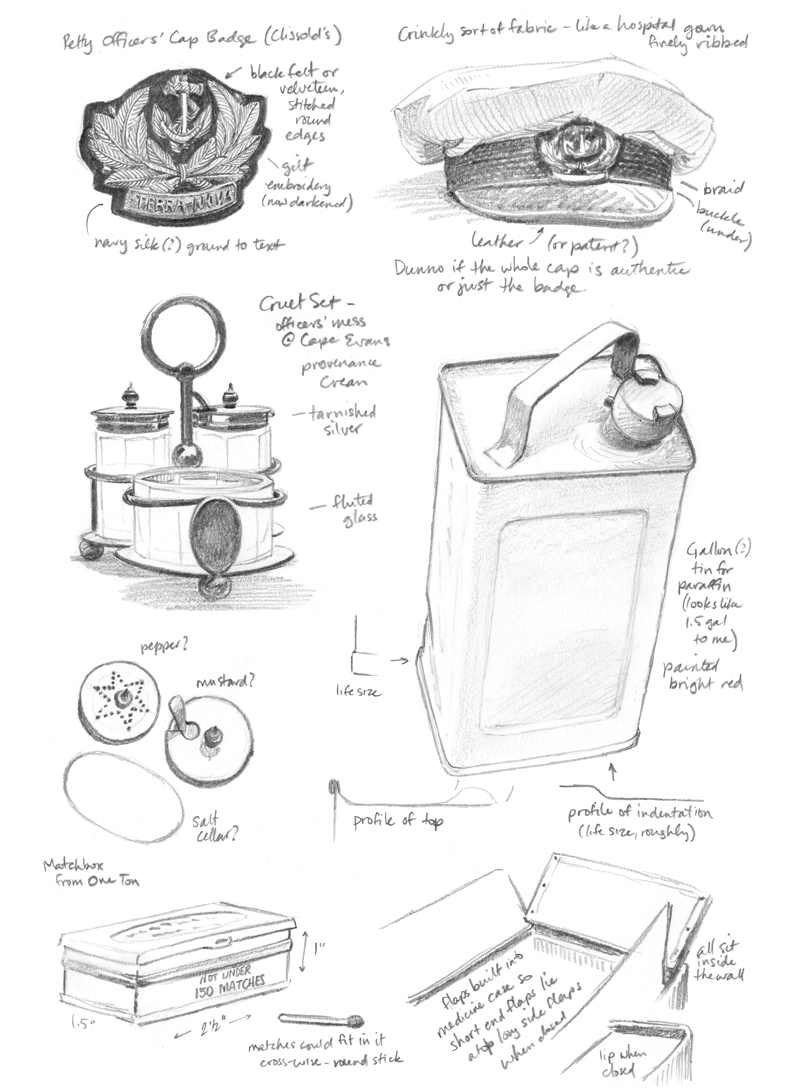In November of 2019 I will be going to Antarctica with the US Antarctic Program’s Artists and Writers initiative, which takes a handful of creatives down to the US bases in Antarctica to get the word out about the science being done down there, and increase public awareness of the Southern Continent.
The journey to being able to write that in black and white on the Internet has been a long one, so before I go, I thought it would be good to give a little bit of the background story …
In 2008, shorty after the biggest breakthrough in my animation career, I heard a radio dramatisation of The Worst Journey in the World, about the doomed British attempt to reach the South Pole in 1912. I liked it very much. I like lots of radio plays. But this one wouldn’t let me go. When I finally exhausted the play itself, I read the book it was based on, which led to three more, then ten, and within a year or two I was dangerously verging on ‘expert.’ (This is the short version. The long version, with pictures, can be found in The Best Journey in the World.)
(Spoiler: It was even more awesome.)
It occurred to me, while drawing at my desk listening to the radio play for the umpteenth time, that this story would make a very good graphic novel. For some reason, no one had done it yet. The centenary of the expedition approached, and yet still no graphic novel appeared. As I accumulated historical knowledge and craftsmanship, I started to wonder if perhaps I was becoming the most qualified to do such a thing. But this was mad! I had a good job in animation and no experience in comics; who was I to take on that project?
Well, long story short, within a few years I had abandoned my career and moved to Cambridge to make it happen. As I write this, I am now halfway through drawing Vol. 1 of the graphic adaptation of The Worst Journey in the World, with the permission and encouragement of the Scott Polar Research Institute. I have spent so many hours in the archives that I can recognise the handwriting of these long-dead men like a familiar voice. I’ve chased their traces from England and Scotland to Canada and New Zealand. I’ve sketched and photo’d many of their objects, all but physically reconstructed their ship, and I have 812 historical photographs on my phone, where pets or children should be.
Objects at the Canterbury Museum, Christchurch, NZ
But what I kept hearing from everyone more expert than me was that one really must go there to understand it properly. Do whatever you can to get there. It will all make so much more sense if you do. There is nowhere else like it in the world.
How was another question. Most everywhere I turned, I ran into some impediment of circumstance, nationality, or price. The USAP program dangled, temptingly, but I thought, in comparison to the people who have gone in the past, I am neither a Serious Writer nor a Real Artist – would they consider spending their precious time and resources on someone drawing cartoons of dead people? And they aren’t even American dead people! What does the British Antarctic Expedition 1910-13 have to do with the United States Antarctic Program in the 21st century?
Quite a lot, in fact, but that is a matter for the next post . . .




